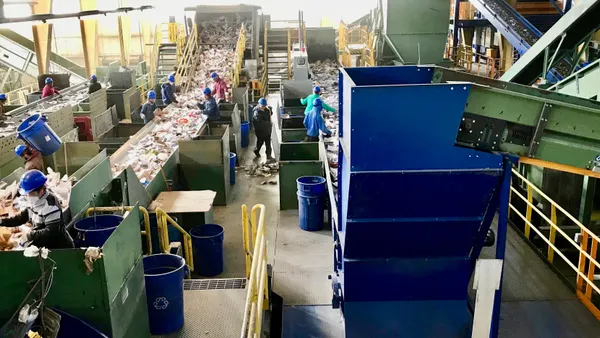Dive Brief:
- The Environmental Protection Agency (EPA) sees cathode ray tube (CRT) management becoming a "systematic problem" in the U.S. according to remarks in Resource Recycling from an official at E-Scrap 2016.
- Tracey Atagi, of the EPA's Office of Resource Conservation and Recovery, said stockpiles and illegal disposal are a growing issue. She noted that transferring CRT glass between locations for storage doesn't reset the current one-year accumulation limit.
- Atagi also said the EPA isn't planning any specific follow-up report on findings from the Basel Action Network about alleged illegal exports. Recyclers are required to report their exports to the EPA and as of Sept. 12 seven companies have been approved to ship CRTs out of the U.S.
Dive Insight:
The market for CRT recycling has been tough recently, though proper storage and disposal is critical. According to Atagi, funnel glass contains up to 25% lead and while panel glass only contains around 2-3% lead it can be easily contaminated with more. This one of the reasons that EPA regulates the export of CRT and not other devices, though some have questioned whether it's time to update that policy.
Multiple companies have experienced issues in the CRT business recently. Closed Loop Refining and Recovery in Ohio, which stockpiled large amounts of CRT glass while promising to build a furnace for the material, has been under serious scrutiny for its practices. In a separate situation, Regency Technologies in Ohio decided to close its CRT dismantling operation due to a lack of steady supply.
Fluctuations in CRT supply have been an added challenge in some states, possibly because residents have already cleaned out a lot of their old units. California has seen volumes drop, and is in the process of working out new long-term regulations, while volumes have remained the same in states such as North Carolina.










